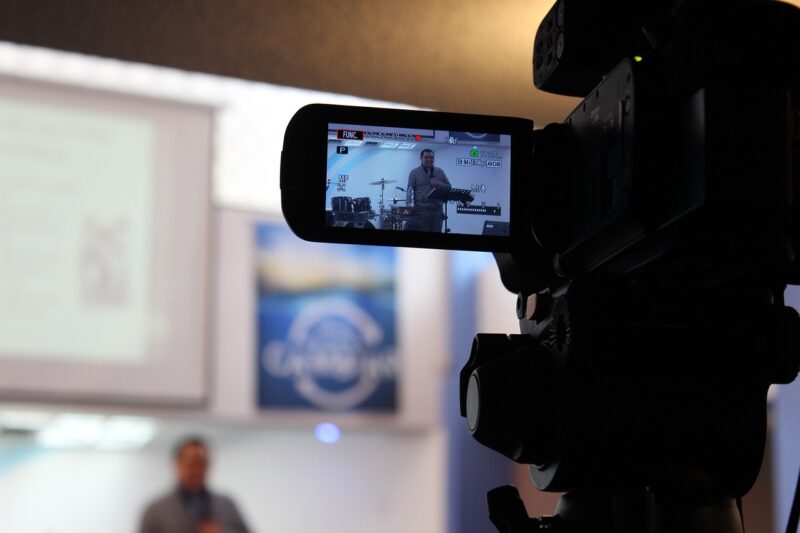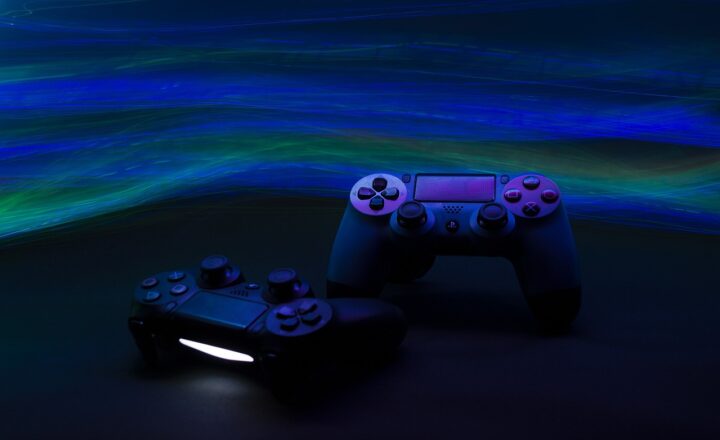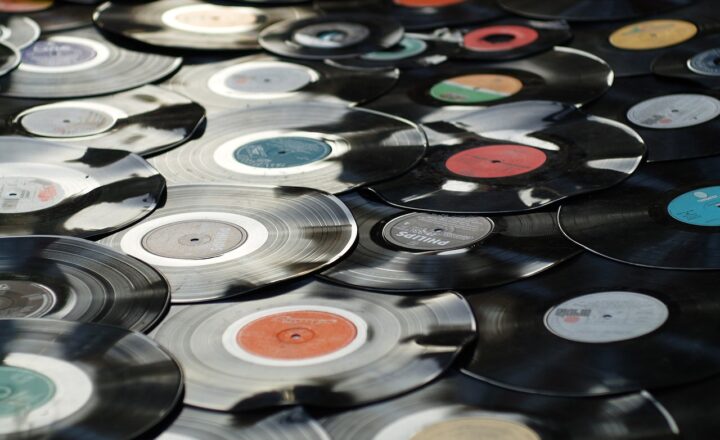The Role of Cinematography in Capturing Emotions in Modern Film
November 14, 2024

Cinematography, often dubbed the art of visual storytelling, is a key element of filmmaking that goes beyond mere aesthetics. It holds the power to evoke emotions, enhance narratives, and create an immersive experience for viewers. In modern cinema, where competition is fierce and narratives strive to resonate with audiences emotionally, the role of cinematography has become increasingly significant. In this article, we’ll explore how cinematographers wield their craft to capture the emotional essence of a story, analyze specific techniques employed, and understand the impact of visual composition on audience perception.
1. What is Cinematography?
At its core, cinematography encompasses the art and technology of capturing moving images on film or digital mediums. The cinematographer, also known as the director of photography (DoP), collaborates with the director to bring the screenplay to life visually. This role involves a multitude of tasks, including lighting, camera angles, movement, shot composition, and color grading, all of which contribute to the emotional tone of the film.
In modern film, cinematography has evolved with advancements in technology, allowing cinematographers to manipulate images more innovatively. From the use of drones to capture aerial shots to high-definition cameras that can shoot in low light, the tools of a cinematographer have grown, but the core objective remains the same: to evoke an emotional response from the audience.
2. The Emotional Palette of Colors
Color plays a crucial role in setting the emotional tone within a film. By manipulating color palettes, cinematographers can influence viewer perception consciously and subconsciously. Here are some specific ways color is used to evoke emotions:
- Warm Tones: Shades of red, orange, and yellow can convey warmth, happiness, or passion. For instance, the warm hues in films like “La La Land” create an inviting atmosphere that captivates the audience.
- Cool Tones: Colors like blue and green often evoke feelings of sadness, solitude, and discomfort. In movies like “Blue Valentine,” the cool color schemes reflect the disintegration of the characters’ relationship.
- Desaturation: Faded colors or a monochromatic palette can symbolize loss or despair. By choosing a muted palette, such as in “The Road,” cinematographers underscore the bleakness of the narrative and the emotional state of the characters.
By thoughtfully selecting color schemes, cinematographers can create visual metaphors that deepen audience engagement with the narrative.
3. The Impact of Composition and Framing
Composition refers to how elements in a scene are arranged within the frame. Effective framing guides the viewer’s eye and shapes the emotional experience of a scene. Here are some compositional techniques that enhance emotional impact:
- Rule of Thirds: By dividing the frame into a grid of nine equal parts, cinematographers can position key elements along these lines to create balance and draw attention to important subjects. This technique, used in films like “Moonlight,” enhances emotional connection by placing emphasis on characters’ expressions and relationships.
- Depth of Field: A shallow depth of field can isolate characters from their surroundings, highlighting their emotional state. In “Her,” close-up shots of Joaquin Phoenix’s face emphasize his longing and vulnerability, allowing the audience to connect deeply with his character.
- Leading Lines: Lines within the scene can guide the viewer’s focus to specific elements. For example, in “Life of Pi,” visual elements lead the audience’s gaze toward crucial moments, intensifying emotional responses to the unfolding narrative.
Great cinematography shapes expectations and influences the audience’s emotional journey throughout the film.
4. Lighting: The Mood Setter
Lighting is perhaps one of the most powerful tools in a cinematographer’s arsenal when it comes to influencing mood and emotion. Here are several techniques used to enhance the emotional resonance of a scene through lighting:
- High Key Lighting: This style uses bright, even lighting to create a cheerful, upbeat atmosphere. Films like “Paddington” utilize high-key lighting to elicit joy and whimsy, making viewers feel uplifted and engaged with the story.
- Low Key Lighting: In contrast, low-key lighting uses harsh shadows and stark contrasts to create tension, drama, or fear. Movies like “Se7en” showcase this style to build suspense and reflect emotional turmoil within the narrative.
- Natural Lighting: Often used in documentaries or realistic dramas, natural lighting captures authenticity and conveys a sense of realism. In “The Florida Project,” the use of natural lighting creates a connection to the environment and the emotional realities of the characters’ lives.
Thoughtful control of light can dramatically impact how audiences feel during crucial moments in a film.
5. Camera Movement and Its Emotional Effects
Camera movement is another powerful dimension in cinematography that shapes storytelling and evokes emotion. Different styles of movement can create varied emotional responses:
- Static Shots: A fixed camera allows the audience to absorb a scene and gives weight to the moment. In “The Revenant,” static shots of vast landscapes enhance the viewers’ connection to the raw emotions of survival and isolation.
- Tracking Shots: Following a character with a moving camera establishes intimacy and connection, effectively pulling the audience into the emotional journey. For example, “Birdman” employs long tracking shots to immerse viewers in the frenetic emotional state of its protagonist.
- Handheld Shots: Utilizing a handheld camera creates a sense of immediacy and realism, often feeling chaotic and raw. In “The Blair Witch Project,” the handheld camera technique stirs feelings of anxiety and fear, enveloping the audience in the characters’ experiences.
Thus, the way a camera moves can profoundly impact how we engage with the film’s emotional landscape.
6. Case Studies: Film Analysis
To better understand how cinematography shapes emotional storytelling, we can analyze a few influential films:
- “Eternal Sunshine of the Spotless Mind” (2004): Cinematographer Ellen Kuras employs an inventive use of color and lighting to enhance the film’s emotional core. The stark contrasts between warm and cool tones reflect the characters’ tumultuous relationship, while handheld shots enhance the surreal aspects of memory erosion, urging viewers to feel the protagonist’s emotional pain deeply.
- “The Shawshank Redemption” (1994): Roger Deakins uses a variety of lighting techniques to convey hope and despair throughout the film. The contrast between the bleak, shadowy prison and the vibrant scenes of freedom symbolizes the characters’ inner emotional states, contributing significantly to audience investment in their journeys.
- “Moonlight” (2016): The use of color and composition in “Moonlight” is striking. Cinematographer James Laxton uses blue and green hues to evoke a sense of introspection and melancholy. The film’s intimate close-ups and fluid camera movements create a powerful connection between the audience and the characters’ emotional struggles.
Case studies like these exemplify how cinematography serves as a storytelling medium in its own right, amplifying the emotional pulse of the narrative.
Conclusion
Cinematography is far more than just capturing moving images; it is a vital art form that allows filmmakers to express emotion, shape narratives, and engage audiences on a profound level. Through color, composition, lighting, and camera movement, cinematographers transform scripts into visual poetry, making us feel the very heart of the story. As technology continues to evolve and cinema further pushes the boundaries of storytelling, understanding the intricacies of cinematography will remain essential for both filmmakers and viewers alike. With each frame framed expertly and each shot planned in meticulous detail, the emotional weight of a film can leave a lasting impression that transcends words, creating an unforgettable cinematic experience for all who see it.






